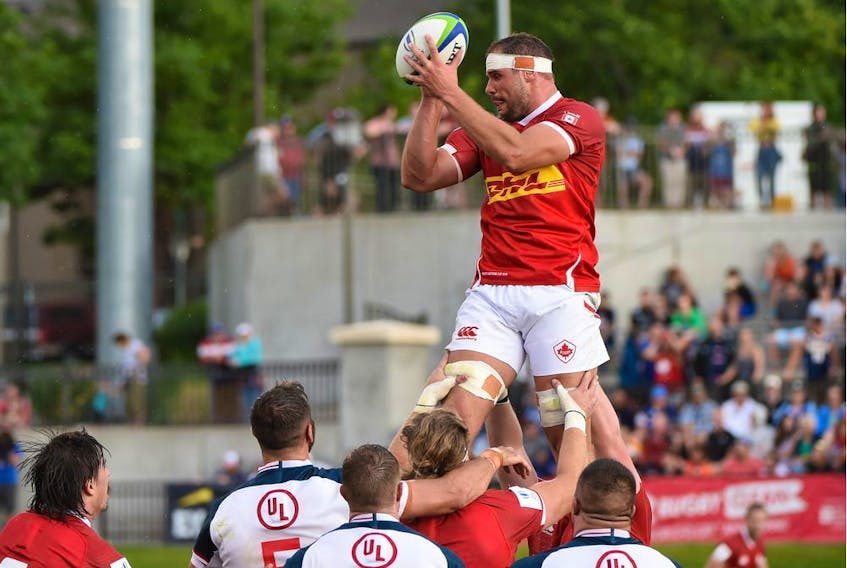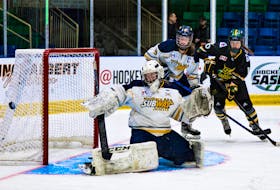VANCOUVER, B.C. — It’s not often that one stat stands out and explains just about all the rest, but on Saturday in Colorado, Canada’s ruggers failed so badly in one area of the game, you really do find yourself wondering “what if.”
That is: What if the Canadian lineout hadn’t been such a complete shambles?
According to stats tracked by data scientist Jacek Wallusch, Canada had just 43.9 per cent of possession in Saturday’s heavy 47-19 loss to the USA.
Sometimes a figure like that is truly reflective of one team’s dominance over another, but in the case, you can point to a single data point: Canada’s atrocious lineout.
The Canadians won just 42 per cent of their own throws. It’s a cliche but it’s very, very hard to win at rugby when you don’t have the ball. If you don’t have the ball off your own lineouts, you’re in big trouble.
How big is easy to quantify: 52 per cent of all tries scored at the 2015 Rugby World Cup originated from lineouts.
Tactically, they’ve become a huge factor in coaching. The biggest advantage they have over any other stage of play is they separate the two back lines by more than 20 metres, allowing for ball runners to gain more momentum than in nearly any other game state.
The lineout can serve to isolate a teams’ forwards in one pocket, especially by forming a maul after winning their lineout throw.
Because attacking teams have so much space to work with, if they don’t get a score off the first phase, they invariably get to set the terms of the first tackle locale and usually the next one too.
That’s also significant because 60 per cent of tries at RWC 2015 were scored within two breakdowns.
There’s little doubt that Canada must target an improvement in their lineout over the next six weeks if they’re to have any chance of taking wins over Italy and Namibia at the 2019 Rugby World Cup in Japan.
Copyright Postmedia Network Inc., 2019









